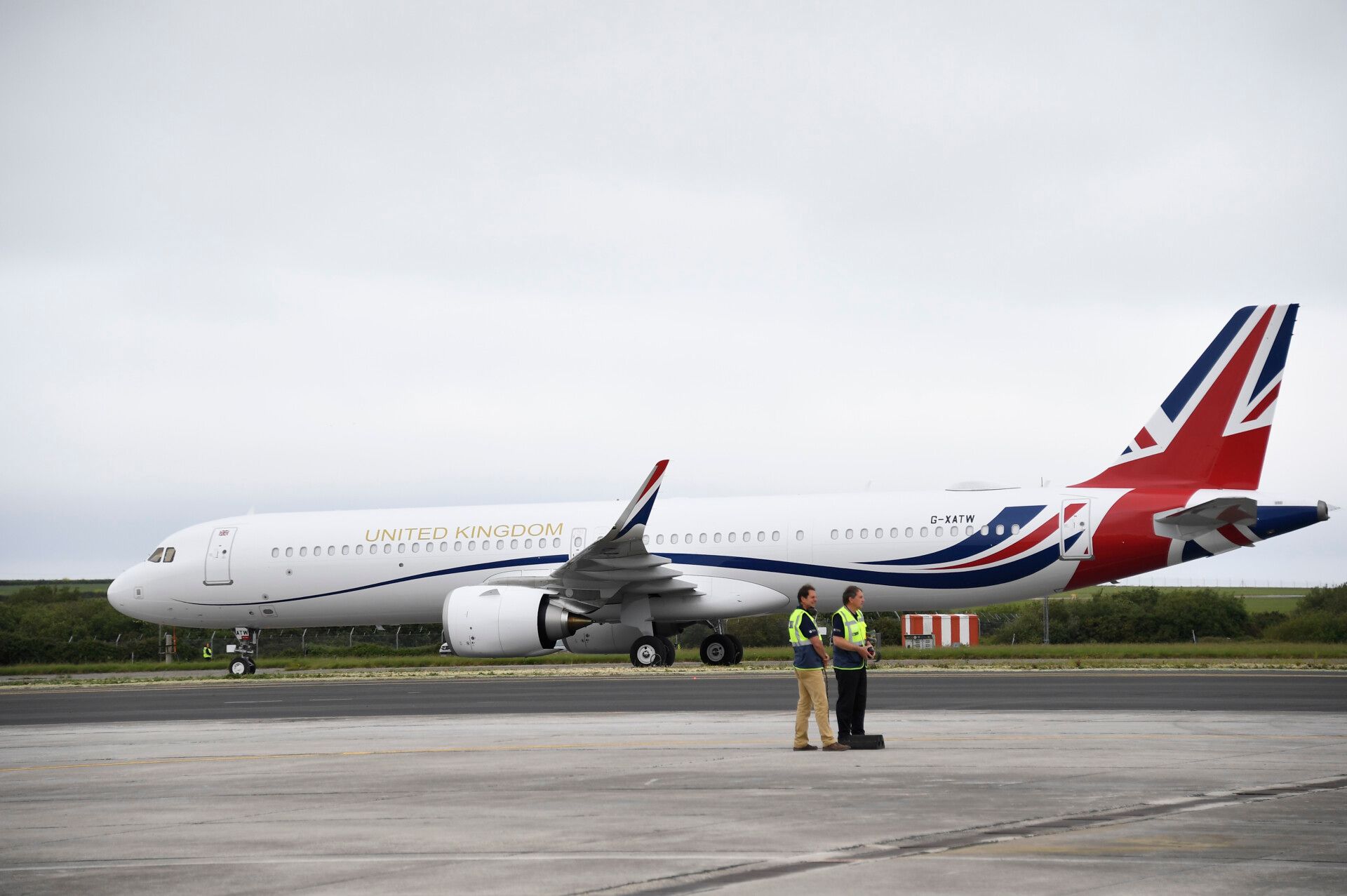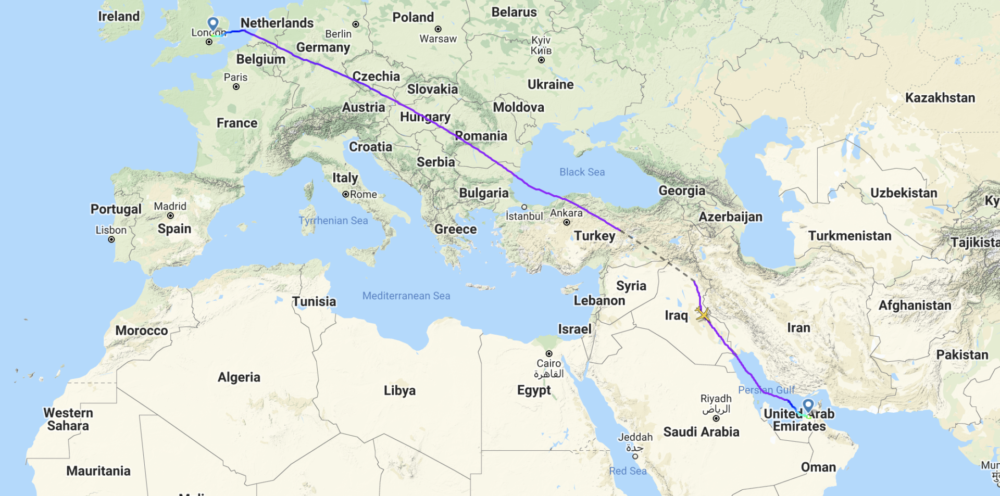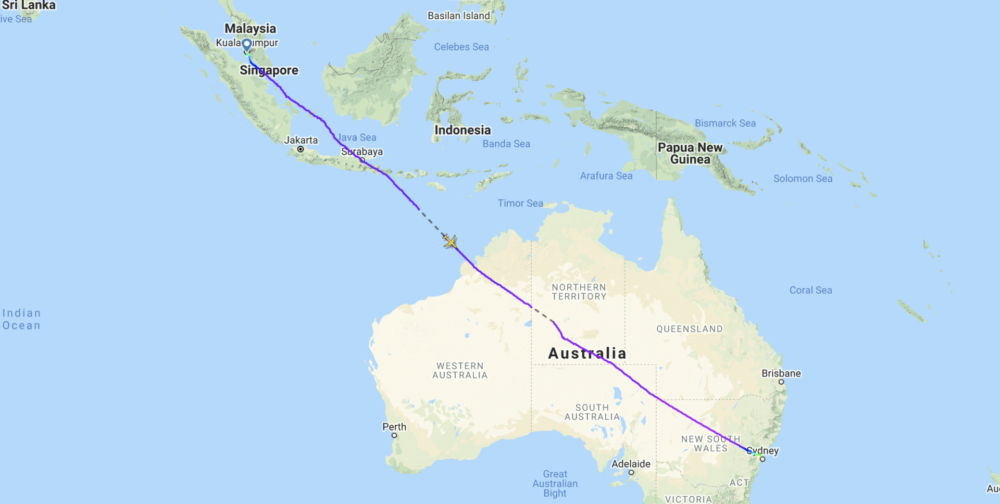The UK’s foreign secretary Liz Truss has come under fire for using vast amounts of taxpayer money for a trip to Australia. But it’s not the trip itself that is causing the ruckus; rather, it’s the means of transport she took to get there. Truss chartered the government’s private Airbus A321 for the 22,000-mile flight, at an estimated cost of a half a million pounds ($671,000).
Liz defends private jet flight
Foreign secretary for the UK, Liz Truss, has defended her use of the government’s A321LR private jet for a recent trip to Australia. Pundits are estimating the cost of her private flight to be in the region of £500,000 ($671,000), something critics are calling a ‘grotesque misuse’ of public money.
According to the BBC, she insisted that all government decisions are based on best value for money, but defended her use of the jet for the trip. She said,
“That is why we have a government plane to enable government ministers to conduct government business."
Officials have further backed her up, saying that commercial flights were heavily booked, and that sending her commercially would have meant splitting her up from her team and her security detail. It also said that this sort of travel enabled private discussions on sensitive matters, essentially allowing her to continue to be productive whilst in transit.
The A321LR, registered G-XATW, is operated by Titan Airways on behalf of the UK government, having been delivered with patriotic paintwork in March last year. Its livery is almost a carbon copy of the RAF Voyager MRTT, earning it the moniker of ‘baby Boris Force One’.
Stay informed: Sign up for our daily and weekly aviation news digests.
The epic A321LR flight
The trip began in London on January 18th, when Truss boarded the A321LR at Stansted Airport and began her long trip south. Although the A321LR is configured in a VIP layout and therefore capable of flights that are longer than the standard published range of 4,000nm/7,400km with 206 passengers, it would still fall short of the massive 22,000-mile distance to Sydney. As such, it made several stops on route.
Six hours after setting off, it touched down at Dubai (DWC) where it stayed for around an hour. After topping up the fuel, it headed to Malaysia, landing in Kuala Lumpur (KUL) at 10:42 the following day. Again, it was a relatively short stop, taking off once more at just after midday for the almost eight-hour trek to Sydney. Finally, Truss touched down in Sydney at 07:11 local time.
On January 22nd, Truss was off again, flying the one-hour and 45-minute hop to Adelaide. Landing at 10:21, it seems she was there for a long all-day meeting, as her departure was not for more than 12 hours later, at 22:50 in the evening.
The A321LR took the same route back again, landing in KL, in Dubai, and finally at London Stansted at 13:20 on January 23rd.
While the trip would have involved fewer stops and could possibly have been more comfortable in the governmental widebody A330, the media would have barked even louder at the environmental and financial cost of such an excursion. One has to wonder whether it wouldn’t have been a better use of government resources (not to mention a better PR move) to just fly first or business with Qantas.



